Factory activity around the world took a further turn for the worse in July, private surveys showed on Tuesday, a sign that slowing growth, inflationary pressures and weakness in China were taking a toll on the global economy.
The downturn highlights the dilemma for policy-makers who embarked on aggressive tightening cycles in a battle to keep inflation at bay and yet also need to try and forestall potential recessions.
A Purchasing Managers’ Index (PMI) covering the eurozone as a whole showed manufacturing activity contracted in July at the fastest pace since COVID-19 was cementing its grip on the world as demand slumped despite factories cutting their prices sharply.
There was considerable weakness in Germany, Europe’s largest economy, while France and Italy, the second and third-largest eurozone economies, also recorded marked deteriorations since June.
HCOB’s final eurozone manufacturing PMI, compiled by S&P Global, fell to 42.7 in July from June’s 43.4, its lowest since May 2020 and matching a preliminary reading. A reading below 50 marks a contraction in activity.
An index measuring output, which feeds into a composite PMI due on Thursday and seen as a good gauge of economic health, dropped to 42.7 from 44.2, a low not seen in over three years.
The manufacturing downturn in Germany deepened at the start of the third quarter as goods producers recorded sharper declines in new orders, data suggested.
Meanwhile, France’s factory sector contracted further in July although the downturn was not quite as bad as first forecast.
“Today’s PMI results are an indicator of the ongoing uncertainty that the eurozone manufacturing sector is currently facing,” said Thomas Rinn, global industrial lead at Accenture.
“Demand is going through a rocky patch. Dwindling output coupled with the knock-on effects of inflation, labor shortages and shifting customer preferences, all continue to squeeze businesses.”
In Britain, outside the European Union, factory output contracted in July at the fastest pace in seven months, hit by higher interest rates and fewer new orders, despite weakening price pressures.
Turkish manufacturing contracts slightly
In Türkiye, factory activity dipped slightly after growing for six straight months as expansion in new orders and output came to an end due to inflationary pressures.
The PMI for Turkish manufacturing fell to 49.9 in July from 51.5 in June, the Istanbul Chamber of Industry and S&P Global said.
Firms largely attributed the slowdown to inflationary pressures, the survey panel said, as the Turkish lira declined sharply against hard currencies after the May elections.
More than half of the survey respondents said their input prices rose due to currency weakness while higher wages added to overall manufacturing cost, and, in turn, output prices also increased, the panel said.
The price rises also weighed on demand, the survey showed, leading to the first slowdown in new orders in five months. However, employment increased in July as firms attempted to expand capacity.
“Resurgent price pressures dampened demand for Turkish manufactured goods in July. Both input costs and selling prices rose at much stronger rates at the start of the third quarter, making it harder for firms to secure new business,” said Andrew Harker, economics director at S&P Global Market Intelligence.
“As a result, a four-month sequence of production growth came to an end. Manufacturers will be hoping that inflation starts to level off again to aid in the pursuit of new business.”
Asian strain
Japan, South Korea, Taiwan and Vietnam saw manufacturing activity contract in July, surveys showed, highlighting the strain sluggish Chinese demand is inflicting on the region.
China’s Caixin/S&P Global manufacturing PMI fell to 49.2 in July from 50.5 in June, missing analysts’ forecasts of 50.3 and marking the first decline in activity since April.
The data was in line with the government’s official PMI on Monday, raising challenges for policy-makers seeking to revive momentum in China’s post-COVID-19 recovery.
“Manufacturing PMIs remained in contractionary territory across most of emerging Asia last month and the underlying data point to further weakness ahead,” said Shivaan Tandon, emerging Asia economist at Capital Economics.
“Falling new orders, bleak employment prospects and high inventory levels point to subdued factory activity in the coming months.”
Japan’s final au Jibun Bank PMI fell to 49.6 in July, from 49.8 in June, due to weak domestic and overseas demand.
South Korea’s PMI stood at 49.4 in July, up from 47.8 in June below the 50-threshold, a survey by S&P Global showed.
Taiwan’s manufacturing PMI fell to 44.1 in July from 44.8 in June, while the index for Vietnam rose to 48.7 from 46.2, surveys suggested.
In India, growth in manufacturing activity slowed for a second month, but the pace of expansion remained healthy and beat expectations.
Asia has been among the few bright spots in the global economy, though China’s slowdown clouds the outlook.
In revised forecasts issued in July, the International Monetary Fund projects emerging Asia’s economic growth will accelerate to 5.3% this year from 4.5% in 2022. It expects China’s economy to expand 5.2% this year after a 3% increase in 2022.



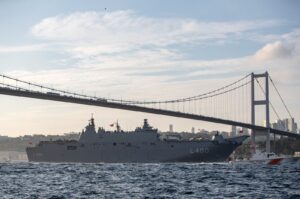

























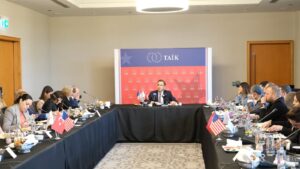
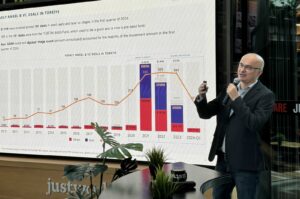
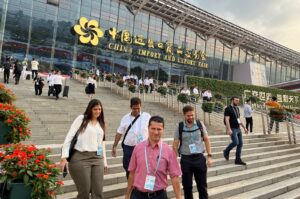


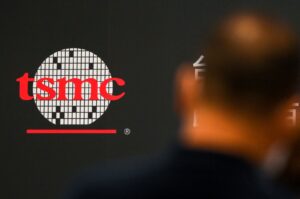







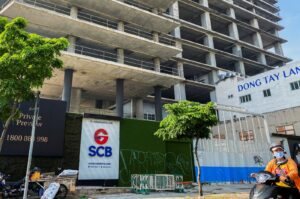

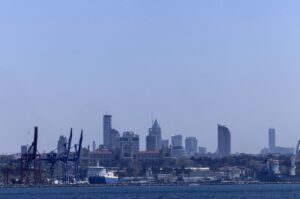


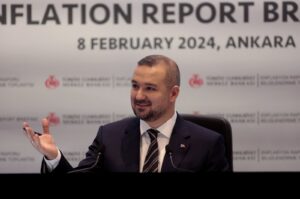



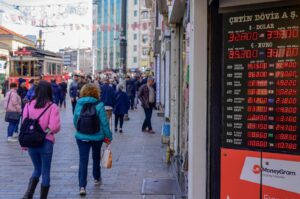
Be First to Comment